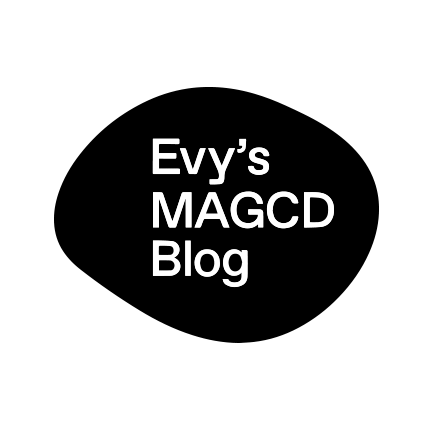Things seem to be becoming more and more ephemeral as time goes by. This final week I started to consider how traces can be used as a tool to tell stories about the future, the present and the past, to create languages and unearth ideas. Exploring shape in its purest form and texture as material visual representation.
Is there any connection between the role of graphic designer and that of the archaeologist? Could we systematically unearth the most basic forms of human creation and shed light into the traces of things that once were and now are becoming extinct?
This study is created in response to Experimental Jetset’s work “Lost Formats”, developed in the year 2000 for Emigre magazine, as well as Karel Martens’ studies of non-literal meaning of found shapes and forms . Today, I take a wider look at the effects of digitalisation, and how so many objects we once knew are being constantly replaced by convenient digital alternatives, posing questions about the relevance (or irrelevance) of materiality, and reflecting on the future of material interfaces and what that means for the field of graphic design.
Part 03 | Inventions, is an open-ended investigation of form, with a particular focus on printmaking repetition, pattern and composition. In a sense, I start exploring visual representation beyond abstraction in a concise and systematic way. I was inspired by the work of Karel Martins and his use of printmaking as a way to preserve the materiality of physical elements from the 20th century.
My aim is to explore bringing back materiality into a process of dematerialisation by exploring traditional printing techniques as a new way to present the original forms in space and time.




After developing a series of mono-prints using the forms or “types” obtained from the “Debris” catalogue, I use found ephemera to play with the materiality of disposable objects, using them to create new interpretations, giving them in a way “a new lease of life”. I use the grid as the main visual framework for this exploration, keeping a few constrains related to colour, shape, and composition, but with a strong emphasis on creating intuitive work.



Tutorial Feedback –
What’s working?
- Collecting outlines and shape of materials comes up as a way to create a footprint, and these footprints reflect some development over time.
- The idea of preserving material culture is a really good approach as we head towards de-materialisation and many things are inevitably going to disappear from our daily lives and from our memories.
- Through your output, we can see that actually the cataloging is to do with like formal recording or experimenting with how different recording methods change how we see standing objects.
- The emphasis on capture was changed from form, texture, and materials and connecting the writing to the publication.
- We’re at this point in history, where people are talking a lot about artificial intelligence. Basically, the next few years are like a point where loads of jobs and tasks will be replaced, and people don’t really know anything about the way that artificial intelligence works. Even the people who are working in artificial intelligence systems, don’t know how it works. And it’s so so there’s this link, there’s this variable that is really going to accelerate dematerialisation of things. So this kind of this project might focus on thinking about things that are going to be soon before they dematerialise, and explore how those could be recorded through the objects connected to them.
What’s not working?
- The collage looks kind of different from the objects.
- Why does the collage take these particular shapes and patterns? How do these kinds of repetitive shapes respond to your inquiry? Is there any specific reason that you use the kind of repetitive pattern like this?
What could be improved?
- Could you bring the collecting way of thinking into recording the objects using such as moving images or film or a way that could tell a story?
- For the video essay, you might think about a kind of documentary that shows the process of collecting shapes and capturing materiality and texture.
